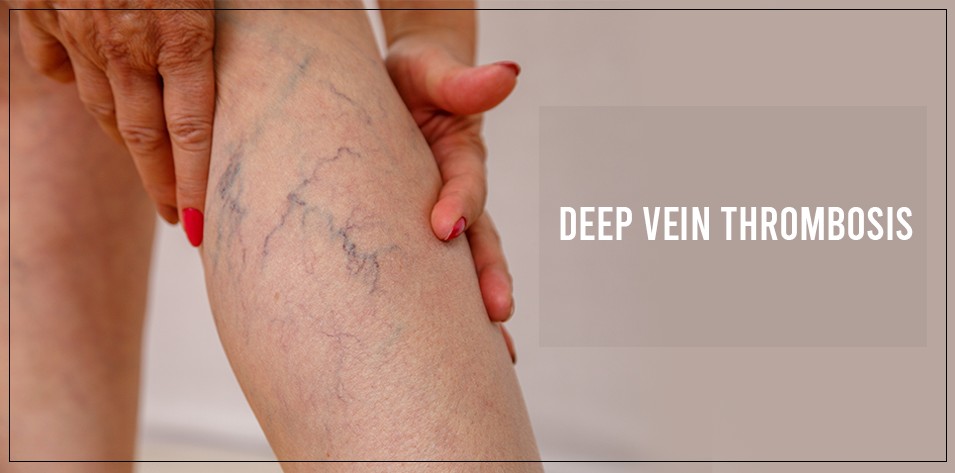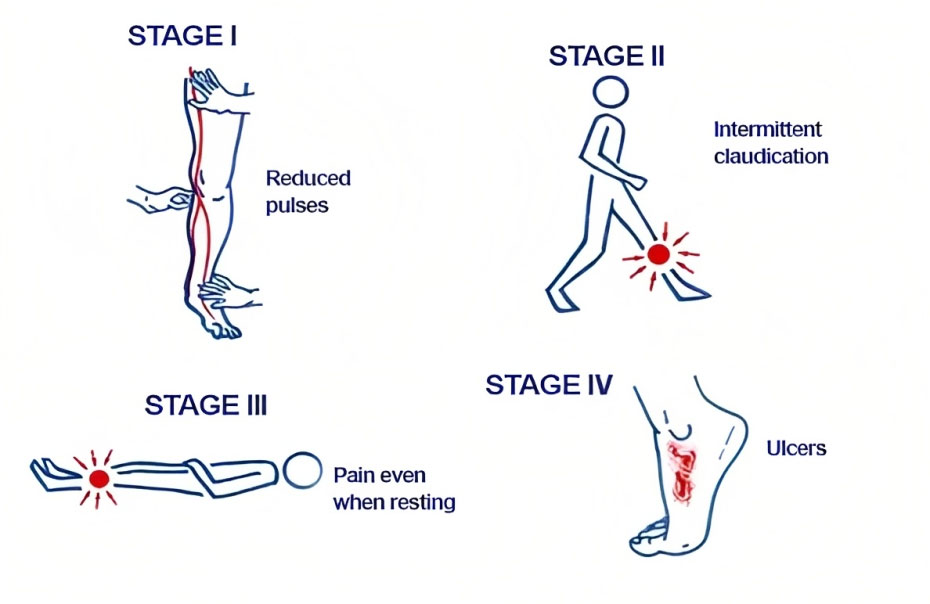Can exercise help manage Peripheral Vascular Disease?
Certainly! Here’s a concise summary of the benefits of exercise for managing Peripheral Vascular Disease (PVD): 1- Improved Circulation: Exercise promotes better blood circulation, delivering oxygen and nutrients to tissues, including the legs affected by PVD. 2- Reduced Intermittent Claudication: Regular exercise, especially supervised walking programs, can improve walking distance and alleviate pain during physical […]



